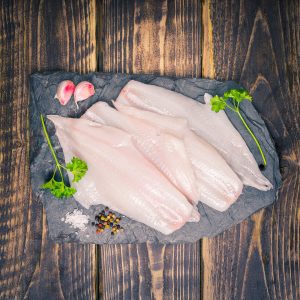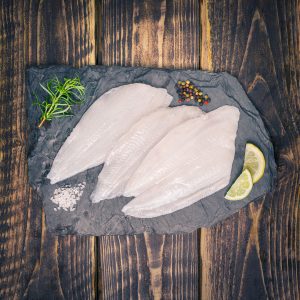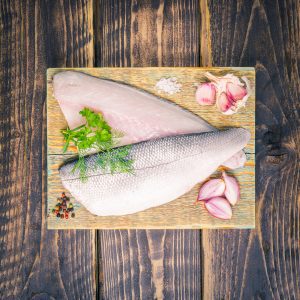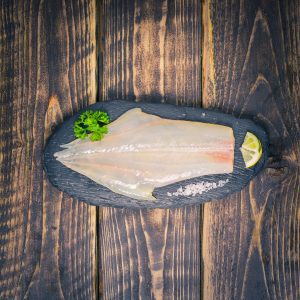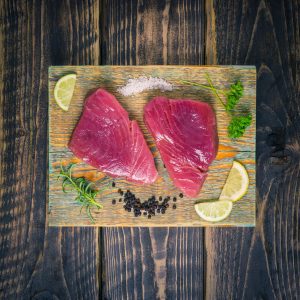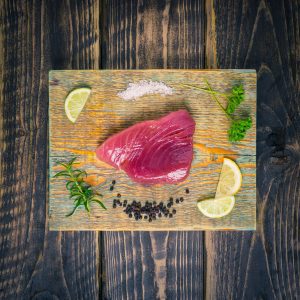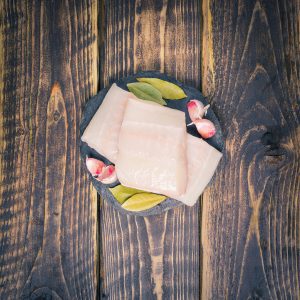Only a fool could deny there’s a place for salmon in the form of fillets or steaks – or smoked and sliced – in the fridge or freezer of everyone who loves to eat fish.
Brimming with omega-3 fatty acids and therefore a trusted ally of anyone who wants to maintain a healthy cardiovascular system, salmon possesses a texture and flavour like no other fish, and those reared in the waters off the north and north-west coast of Scotland are among the best in the world.
As proof you need look no further than the stark fact that Scottish salmon is the number one food export in the United Kingdom according to the most up-to-date statistics available from the UK government, with chocolate and cheese in second and third place. Of all the food and drink exported from the UK, only whisky outsells Scottish salmon.
All of which begs the question: why don’t we eat more Scottish salmon in the UK? If it’s good enough for the French, the Americans and the Chinese, the top three markets for Scottish salmon, it must be good enough for us.
Chances are, though, that if you pop down your local supermarket the salmon on offer is from further afield – Alaska or Norway, typically. Suppliers of these fish can meet the price offered by the multiples far more easily than suppliers of Scottish salmon. If you want Scottish salmon, economic forces dictate that you’ll need to look elsewhere, to websites such as Fresh Fish Daily.
There’s only so much you can do to challenge the economic model of capitalism, but you can choose where you buy your fish if you’re willing to look past the likes of Tesco and Sainsbury’s.
While it’s easy enough to find salmon fillets online, it’s less straightforward to source whole Scottish salmon. And once you and your family or friends have dined on a whole Scottish salmon, baked or poached and served at the dining table, you’ll find few culinary experiences to equal it.
Enjoying whole salmon used to be the preserve of the upper classes but that’s no longer the case. If you’re planning a convivial meal to mark a wedding anniversary, a graduation or a notable birthday, or want to try something fresh for Christmas, then whole Scottish salmon is not merely an appetising option but a nutritious one too, and thanks to its mild flavour and luscious texture will appeal to diners of all ages.
You won’t need an emergency stash of Rennies or Gaviscon as you might if you served up Chateaubriand, for example, plus there’s no danger of disappointing those who prefer their main course rare, medium or well-done.
The classic method of cooking whole salmon is baked in tinfoil, drizzled with a combination of melted butter, dry white wine, tarragon and/or bay leaves, lemon juice, salt and pepper. As for accompaniments, whole salmon pairs beautifully with boiled new potatoes, salsa verde or a mild garlic mayonnaise. And don’t scrimp on lemons: each diner should have recourse to as many wedges as they want for squeezing over their portion of fish.
Alternatively, if you have a fish kettle or roasting tin that’s big enough then you could try poaching whole salmon. Place the kettle or tin on the hob, fill it with water, add some lemon wedges, bay leaves, white wine vinegar and seasoning then cook for 30-60 minutes. Try preparing a joint of beef that will feed eight people in less than an hour!
Gutted and ready to cook, our whole salmon are available from 3.5kg, rising in 500g increments all the way up to a hefty 6kg. The smallest option will easily feed 10 people and yield ample leftovers for use in burgers, a pâté, or a mousse, whereas if you’re cooking for around two dozen guests you’ll want a larger specimen.
If you’re looking for whole salmon and are in any doubt whatsoever about what size to purchase, contact us and we will be more than happy to discuss your requirements and advise on a suitable weight.



